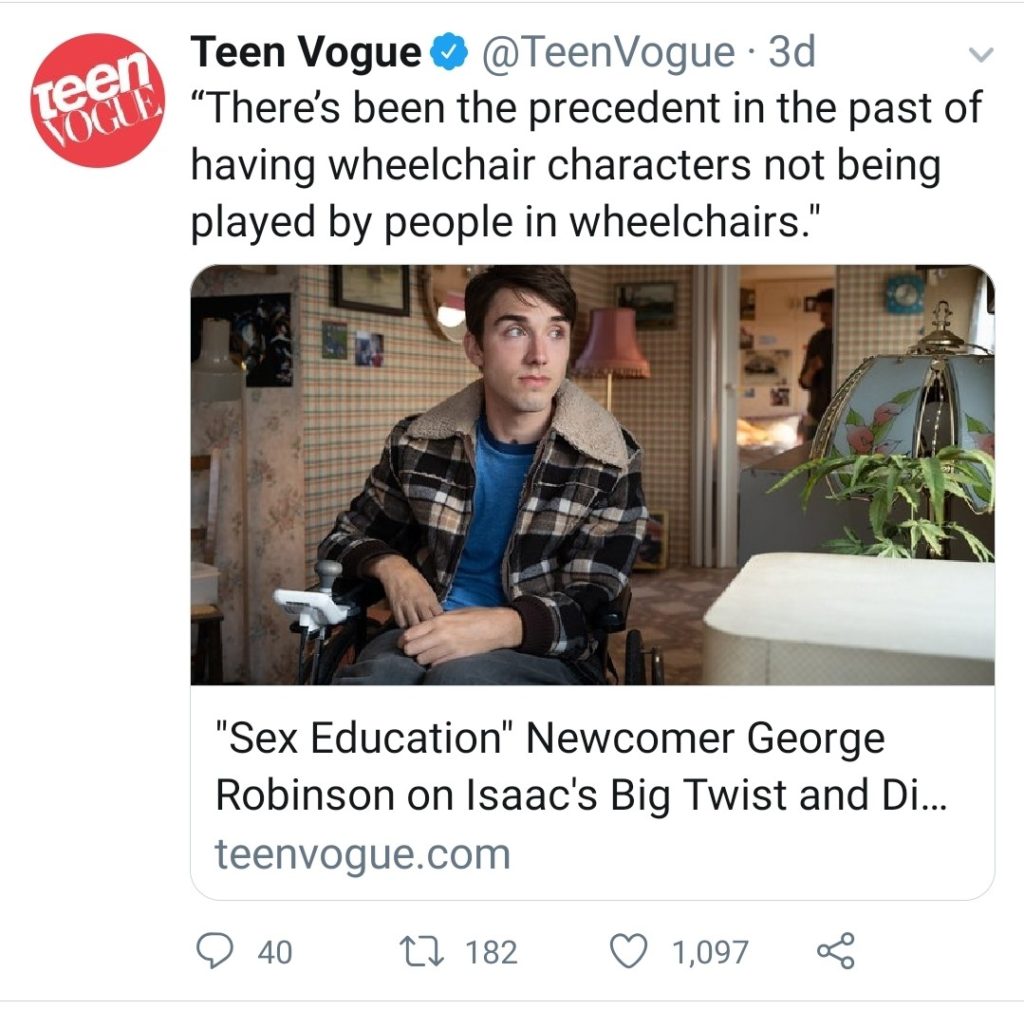- a relatively radical voice – I wouldn’t say so with my example, because it is pretty typical / reactionary ie young people tatoos, in a club, doing nothing worthwhile
- construction of a young female identity. again very reactionary, showing subservience to males, overtly sexual, lots of pink, make-up very stereotypical
- interested in more superficial issues – yes definitely agree that it is superficial because its not focusing on the real issues like the austrailian bush fires which is a major issue killing many animals and some people however they only made one post on it.
Daily Archives: 01/21/2020
Filters
Teen Vogue
Teen Vogue is a former US print magazine and current online publication launched in 2003 as a sister publication to Vogue, targeted at teenage girls. Like Vogue, it included stories about fashion and celebrities.
In November 2017, it was announced Teen Vogue would cease its print edition and continue as an online-only publication as part of a new round of cost cuts.

Vertical Integration – Advanced publication ,Condé Nast, Vogue, Teen vogue
Condé Montrose Nast owns teen vogue and he founded his company, Condé Nast
Conde Nast published and maintained brands such as Vanity Fair, Vogue, and The New Yorker.
Its parent company is Advanced Publication, which earns 2.4 Billion a year
Teen Vogue stopped printing magazines in Dec 2017 as technology became the best place to find articles instead of buying a magazine
Teen Vogue – About A Tweet

Teen Vogue has an active following on twitter; as this recent post has 40 comments, over 175 re-tweets and over 1,000 likes. This also tells us that they are posting about the right content that their followers want to read about. They also talk about topics that are often overlooked such as disabilities and negative events that happens in the world. It informs teens (the target audience) about these topics in a way that they can relate to; such as new released TV shows and movies etc. The tweet has a quote that is in the article from an interview with George Robinson asking about his new character in “Sex Education” season 2, while also looking at his past and his acting plans for the future. The tweet then links to the article on their website (link below). Tweeting the link with a powerful sentence from the article is a good way to draw people in and is a quicker way of finding a good article to read. Also the picture is about double the size of the caption above it.


Teen Vogue does talk about superficial issues that its target audience (teenage girls) would like to read as well as more genuine issues. This article about Lili Reinhart’s favourite blush is definitely a more superficial issue. The reason Teen Vogue include articles like these is to let their readers escape from “proper” issues. This is because we consume media for different reasons, as the Katz, Gurevitch and Haas theory. This talks about how we consume media for personal needs (understanding self, enjoyment and escapism) or social issues (knowledge about the world, self betterment and strengthen connections with family and friends). As we can see this article is to for escapism and enjoyment as the readers will have an interest in this topic and it lets them escape issues around the world for a couple minutes; however, the other article is more for knowledge about the world.
https://www.teenvogue.com/story/lili-reinhart-beauty-must-haves-covergirl
